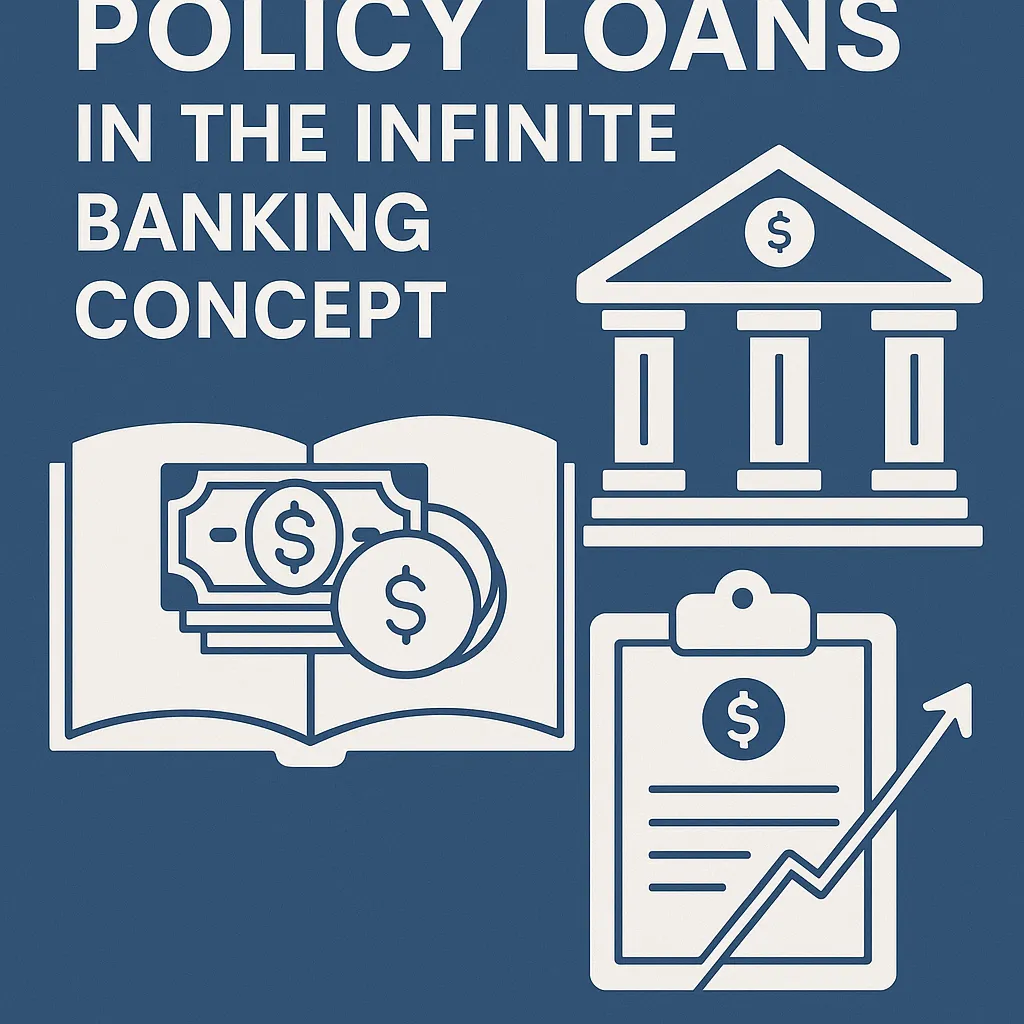
Understanding Policy Loans in the Infinite Banking Concept
We just finished an almost week-long discussion on how to fully explain policy loan interest. We understand that this is a topic that is extremely relevant to people who are looking into starting their journey into the Infinite Banking Concept. Interest is a scary thing outside of the realm of IBC, but once you become your own banker, interest really becomes irrelevant. Let me explain.
In the conventional banking system, interest is a major factor in determining if you can or should borrow money. What most people don’t realize is the banks want you to focus on the interest Rate vs the interest Volume. The difference between the two is how even with an interest rate of 2%, you still end up with sometimes as high as 40% of your payment going towards interest. It's all in the variables surrounding how the interest is calculated. Is it simple or compound interest? What’s the frequency of the compounding? These are all very valid questions, and rightfully make people warry of the term interest. So how is IBC different?
Let's look at the mechanics of how IBC works. The vessel used for IBC is a Participating Whole Life Insurance Policy. This means you have insurance coverage for the rest of your life, and a portion of your premium payment is accessible to you in the form of the policy’s Cash Value. In the life insurance contract, the policy’s cash value MUST Equal the death benefit at age 100 of the life insured. This means that your policy’s cash value is guaranteed to grow daily. It has to if the cash value must equal the death benefit at age 100.
As the cash value grows, you can borrow up to 90% of the available cash value at any time. This is called a policy loan. The policy loan is a loan from the life carrier that is collateralized against the death benefit of your policy. This is very important. A policy loan is not a withdrawal from your policy. It is the life carriers money, not yours. Taking a loan reduces the amount of available cash value you can access. Your cash value is continuing to compound and grow in the background, you just don't have access to it until the loan is repaid.
As you repay your policy loan, you again gain access to all of the cash value you borrowed against. Now don't worry, if it is a large loan and you are going to take years to pay it back, your cash value is continuing to compound and grow in the background and you will have access to the growth even while the loan is outstanding. Your available cash value is equal to 90% of your total cash value minus any outstanding loans. How does interest play into this?
The current interest rate for a policy loan with Equitable Life is 6.5%. This is simple interest compounded annually. It is advertised as interest, but it doesn’t behave as interest. In a conventional sense, when you hear the term interest, your first thought goes to “this is the cost of taking the loan. It is up and above the price of the item I am purchasing with the loan, and I will never see the value of that interest again.” Interest is essentially lost money. Not in IBC. Remember that the cash value must equal the death benefit at age 100, so there is daily growth happening in your policy.
The way interest works with a policy loan is this. When you take a policy loan, 6.5% “interest” is calculated for the year and added to the loan balance daily. The way this is enforced is different than conventional banks. The interest portion actually acts as a lean against your daily growth. Meaning if your policy normally grows at $5 a day, while you have a policy loan out, depending on the size of the loan, your daily growth may reduce to only $4 a day. This continues until you pay off the loan. Now, that doesn’t mean that your original capital isn’t growing. It certainly is still growing at that original $5 per day rate, you just don’t have access to all of it while you have the loan. The next part is where the true magic of IBC is. When you pay off your loan balance, including the 6.5%, you immediately have access to all of the money you paid back, including the interest. For example, if you borrow $100, you will have to pay back $106.5. When you finish repaying the loan, you have instant access to $106.5, not just $100! You “paid interest”, but you have access to all the interest you paid. Why does this work?
This works because your cash value is contractually guaranteed to grow. That growth can never stop, even if you have outstanding policy loans. What ends up happening is your access to that cash value is what changes, but only until you repay the loan plus the “interest”. Once the loan is paid, you once again have access to all of your cash value, including the growth that took place while the loan was outstanding. This is what is meant when you hear the term “re-capture the interest”.